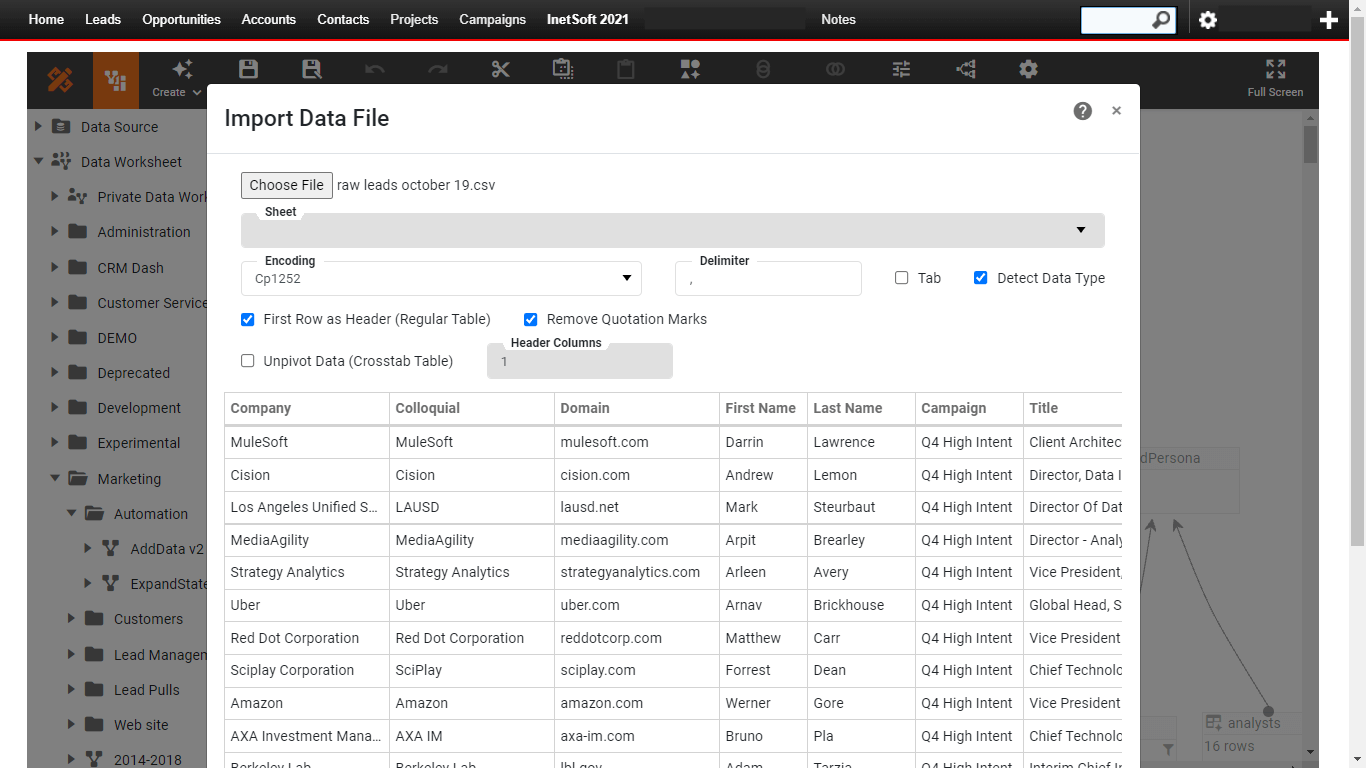What is a Database Field and What Are the Types?
A database is a set of data arranged in a particular way so that a computer program can use the necessary parts from it. Every database has several fields, records, and files.
A database field refers to a set of values arranged in a table and has the same data type. A field is also known as a column or attribute.
It is not necessary for the values included in a field to be in the form of text alone, as this is not a requirement. Some databases have the capability of having fields that contain images, files, and other types of media, while others have the capability of having data that links to other files that can be accessed by clicking on the field data.
In every database system, you can find three modes of fields. They are:
- Required
- Calculated
- Optional
Required Fields
These fields must be filled out, and skipping them is not an option. You will be presented with an error notice if you do not fill in this field with a value or entry before continuing. If you do not include this information, your database will not be comprehensive.
Calculated Fields
These fields do not require an entry, but they will be automatically calculated by the system from the existing values in other fields. Usually, this type of field will have a formula embedded in it and if you give the range of data to be taken, it will automatically fill the fields with it.
| #1 Ranking: Read how InetSoft was rated #1 for user adoption in G2's user survey-based index | Read More |
Optional Fields
It is not a condition to fill these up and even if you leave these empty, you will not get an error message. Your database will be complete even without the completion of these fields. Fields are also classified according to the length of the value entered into them. You can have Fixed length fields and Variable Length fields.
Fixed Length Fields
This type of field has a fixed number of bits, and it will not reduce according to the data entered. So, when you enter data smaller than the number of bits present, there will be empty bits present. Also, you cannot enter larger data with more bits than the allocation in the field. Variable Length Fields This type of field doesn't have a specific number of bits and can hold any type of information or value in it. It doesn't have any constraints and you can enter a value of different lengths in it. Now we shall see the different types of database fields and their characteristics.
Types of Database Fields
There are primarily six types of database fields, and they are:
- Numbers
- Dates
- Strings
- Unicode
- Binary
- Miscellaneous
 |
Read how InetSoft saves money and resources with deployment flexibility. |
Numbers
Numbers or Numeric data types hold values of integers, Tinyint, bigint, float, and Real numbers. Integers are numbers that don't include any decimals. Tinyint is also an integer but only covers numbers from 0 to 255. While Bigint is integers more than 1 trillion. Float indicates numbers with decimal points and the significant numbers after decimal can be up to 17 places. The concept of real numbers encompasses all other types of numbers, such as integers and floats. To be more specific, it is a number that may be located at any place along the number line.
Dates
Date fields can include anything from a date, time, date time, timestamp, and year. Date indicates the date, month, and year in the format mm/dd/yyyy or other formats according to the part of the world you live in. Time indicates the time of the day with a precision of up to milliseconds. Date time includes both the date and time value. Timestamp provides you the number of seconds passed since 01/01/1970 00:00:00 UTC. Whereas Year gives you the years ranging from 1901 to 2155 in two digits or four digits.
Strings
This type of data field includes Char, Varchar, and Text. Char indicates a fixed length of characters going up to 8000. While Varchar indicates a variable length character which means that each entry can be of different lengths but it cannot exceed more than 8000. Text is similar to Varchar but the maximum limit is 2GB instead of a specific character limit.
 |
Learn about the top 10 features of embedded business intelligence. |
Unicode
Unicode is a type of data with which you can structure a command or entry. It is in the format of U+0000 where the zeros can be any number and executes a certain operation. You have nchar, nvarchar, and ntext types in this field type. They are like the string char, varchar, and text but in Unicode format.
Binary
It is a combination of 0s and 1s. There are binary and varbinary types where binary has a fixed length and a maximum of 8000 bytes whereas the varbinary has a variable length with a maximum of 8000 bytes.
Miscellaneous
There are other data field types which include clob, blob, and XML. Clob is the short form of Character Large Object which is a type of Unicode with a maximum limit of 2GB. Blob is the short form of Binary Large Objects and XML is a data type commonly found in databases which is called extensible markup language.


